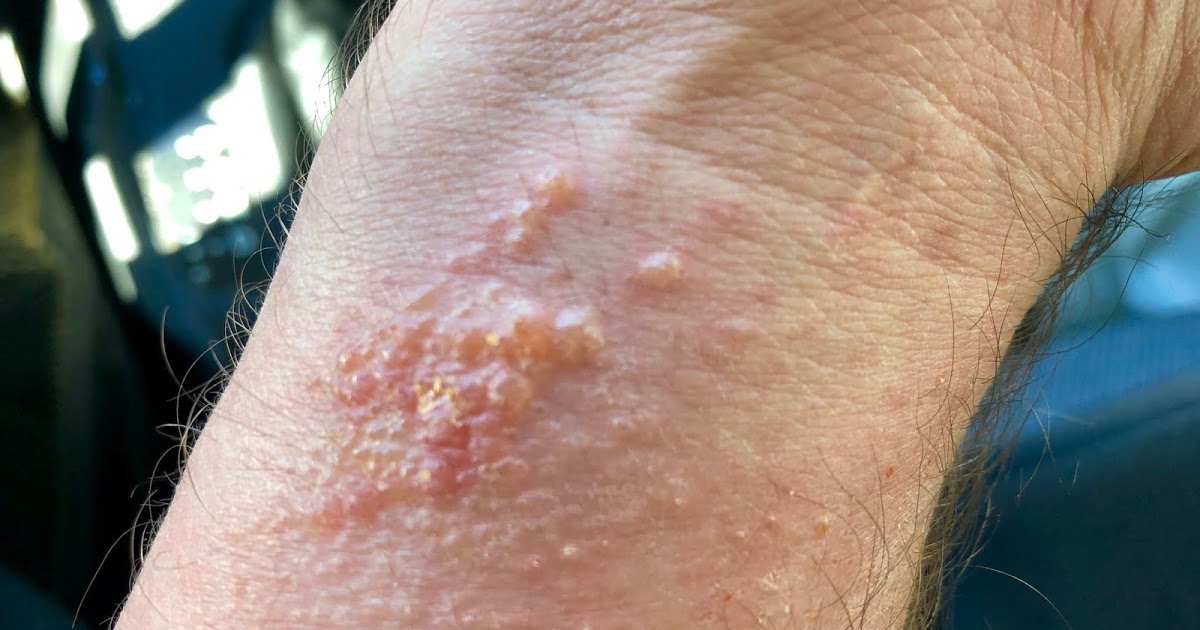Guide To The Symptoms And Types Of Cellulitis
Cellulitis is one of the most common infections. It happens when bacteria enter the skin through an abrasion, cut, scrape, or other opening in the skin. Cellulitis is typically treated with a course of antibiotics. Some individuals are at a higher risk of developing cellulitis than others. If individuals have a compromised immune system, their body may not be able to fight off the same type of bacteria someone with a healthy immune system can. It's important to get treatment right away, as untreated cellulitis can spread into the bloodstream and to other parts of the body, causing the infection to quickly become life-threatening. Typically, skin affected by cellulitis will be tender, warm, red, and painful to touch. If individuals know the signs of cellulitis, they can seek treatment.
Uncover the symptoms and types of cellulitis now.
Blisters And A Rash
Cellulitis can cause blisters and a rash, though several other skin conditions can lead to rashes and blisters as well. If individuals are not certain of the cause, it's best to seek a doctor's opinion. Whether the underlying condition is cellulitis or not, a doctor will usually be able to make a treatment plan. Most cases of cellulitis involve symptoms on just one side of the body, rather than mirrored symptoms. They may develop around an obvious skin abrasion, but they might also develop seemingly without reason. The abrasion that allows bacteria inside might be small enough that it's not noticeable to the naked eye. Cellulitis is most likely to develop on the lower legs, but it can also develop on any part of the body. In addition to the rash, blisters, and redness, patients might also notice the skin is dimpled or warm to the touch. These signs of infection should be inspected by a doctor immediately.
Discover additional warning signs of cellulitis now.
Pain And Tenderness

Pain and tenderness are common when dealing with cellulitis. The reddened areas of skin tend to be tender or painful to the touch. Patients might also experience unusual feelings of warmth when they touch their skin or hover a hand over it. One important note is that cellulitis occurs when the bacteria infects both the skin and soft tissues underneath it. This allows the bacteria to spread and can send an individual's immune system into overdrive. Researchers discovered the reason for the pain is that the bacteria trigger nerve cells. When the bacteria fester underneath and inside the skin, they cause direct stimulation to the neurons that identify pain. The body's pain response is a way of warning an individual something is wrong. This is the same reason other types of bacterial infections can cause pain. Whether individuals are dealing with a skin infection, urinary tract infection, tooth abscess, or some other bacterial infection, the bacteria can cause pain when they press against the nerves.
Continue reading to reveal more warning signs of cellulitis now.
